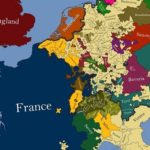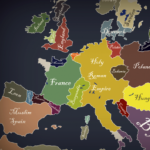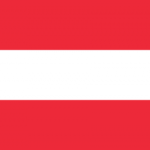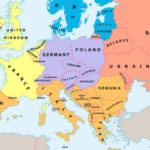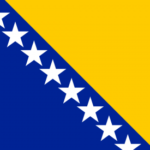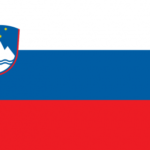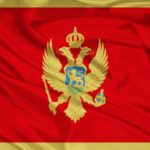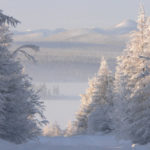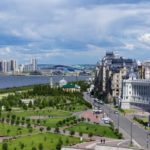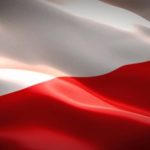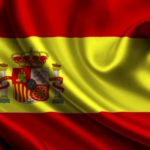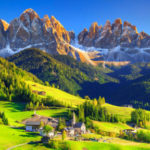Interesting facts about Eastern Europe
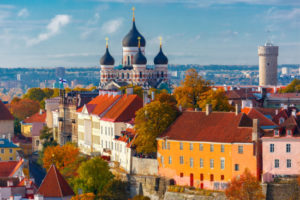 Historically, the countries of Eastern Europe somewhat lag behind their western neighbors in terms of the level of economic development and another indicator. In addition, they are the kind of buffer between Russia and other CIS countries, on the one hand, and Western Europe, on the other. However, in recent years the situation began to change, and many Eastern European countries, for example, Montenegro, began to develop rapidly.
Historically, the countries of Eastern Europe somewhat lag behind their western neighbors in terms of the level of economic development and another indicator. In addition, they are the kind of buffer between Russia and other CIS countries, on the one hand, and Western Europe, on the other. However, in recent years the situation began to change, and many Eastern European countries, for example, Montenegro, began to develop rapidly.
Eastern Europe is predominantly Slavic and occupies two thirds of the total territory of this subcontinent of Eurasia.
Although this is the largest part of Europe, only 34% of the European population lives on its territory.
The solution of the brilliant green, known in Russia as a green, is used only by residents of the post-Soviet space, that is, Eastern Europe. According to Russian doctors, their Western colleagues can scare away either the unaesthetic appearance of patients treated with green leaf, or the lack of research on its safety in terms of cancer.
In Eastern Europe and Russia, it is customary to sign the roots of books from the bottom up – so it is more convenient for the reader to make out the name of the folio standing on the shelf. In Western Europe and America, the roots are signed from the top down – this allows you to read the text on the books lying in piles.
In Eastern Europe and Russia, an even number of flowers bring only to the funeral, in Western Europe and America such bouquets are considered a symbol of happiness. True, count the number of buds in large bouquets is not worth it – they are devoid of any symbolism in all countries of the world.
In Eastern Europe, the oldest European state is Bulgaria. The country originated in 681 AD and has never been renamed since.
In the Czech capital Prague is the world’s largest presidential palace – Prague Castle. It is also recognized as the largest castle in existence on the planet.
The Ukrainian hryvnia currency was named in honor of a gold or silver decoration worn around the neck or “nape”.
In the Romanian village of Sepinets there is an amazing cemetery, extremely popular with tourists – all crosses and tombstones on it are painted in bright colors. On each monument, painted by hand, there is a brief information about the life of the deceased and the circumstances of his death. So the Romanians support the beliefs of their ancestors, who considered death a happy moment of liberation from earthly sufferings.
In Ukrainian Kherson, dogs are legally banned from barking, cats are mewing, and sheep are banned between 22:00 and 06:00. The prohibition extends to any other animals that have owners.
In the Montenegrin city of Kotor is the narrowest street in the world – its width is so small that two people can not go there.
The tie was invented in Croatia.
The longest river in Europe is located in its eastern part – this is the Volga. The second place is occupied by the Danube.
Russia occupies 40% of the territory of Europe, although the European part is only 23% of the total area of the largest country in the world.
The only European country where bison live is Belarus.
The Belarusians were forced to pay an additional tax on the construction of the national library, since the state was unable to finance this project.
Hungarians managed to get the Nobel Prizes in all categories, except for the peace prize.
The Hungarian authorities set the highest VAT in the world – 27%.
Moldova was named after the river of Moldova, which actually flows through the territory of Romania.
Almost 25% of Moldovan citizens are somehow engaged in winemaking.
The Slovak capital of Bratislava is located between the borders of two states – Hungary and Austria. It is the only world capital with such an unusual location.
The army of Slovakia consists of only 14 thousand military men.
